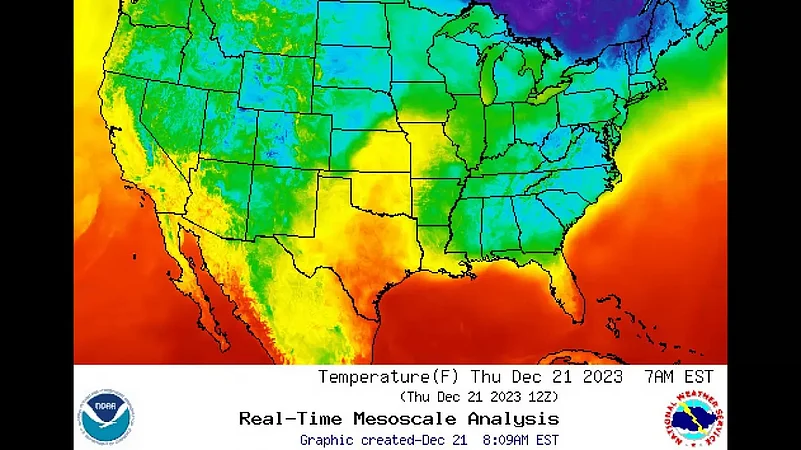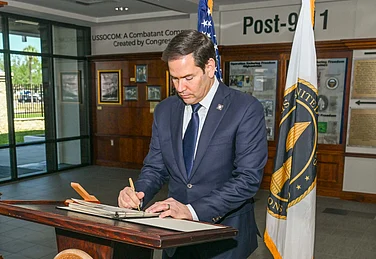As a warm Pacific weather pattern, fueled by a robust El Niño event and exacerbated by human-induced climate change, sweeps over North America, dozens of temperature records are poised to shatter. This unseasonal warmth, particularly evident in the Upper Midwest and western Great Lakes, defies the traditional white Christmas experience, with temperatures soaring approximately 30 degrees above average.
Mild Christmas in the Midwest
Minnesota, accustomed to winter wonderlands, faces an extraordinary December with potentially the first-ever recorded instance of a snowless Christmas in many northern regions. Meteorologist Paul Huttner notes the uncharted territory of this weather anomaly, signaling a significant departure from historical norms. Minneapolis braces for record-high temperatures on both Christmas Eve and Christmas Day, an unusual warmth stretching from Texas to the Canadian border.
Jet Stream Influence and Soaking Storms
A powerful Pacific jet stream, coupled with a lingering storm system drenching southern California, ushers in warm, moisture-laden air across Canada and the northern United States. Morning lows in the western United States, already 10 degrees above average, mark the beginning of a period of potentially record-setting warmth. Cities like Phoenix, Los Angeles, and others in the Southwest have already experienced record warm lows, setting the stage for broader temperature anomalies.
Holiday Weekend Warmth Peaks
The holiday weekend promises exceptional warmth, with morning lows in the Upper Midwest potentially reaching 40 degrees above normal. Afternoon high temperatures are forecasted to soar 20 to 30 degrees above average, transforming landscapes accustomed to colder conditions. As snow cover remains scarce, the Lower 48 faces an unusual December with snow extent at its lowest since records began in 2003, disrupting the usual wintry scenes.
Lowest Snow Cover Extent in Records
The scant snow cover in the contiguous United States, reaching just 14.3 percent on December 21, represents the lowest percentage recorded since 2003. The lack of snow, a key contributor to the absence of cold, extends into Canada, experiencing historically warm conditions as well. This atypical weather pattern continues to challenge expectations, with snow cover across North America at record lows for this time of year, resembling conditions more typical of early April.
Future Projections Suggest a Mild January
While a more wintry pattern may emerge in January, projections indicate that Canada and the northern United States will likely maintain milder-than-normal temperatures. The unprecedented warmth raises concerns about the long-term impact of climate change on winter weather patterns, with potential consequences for ecosystems, weather extremes, and broader climate trends.



























